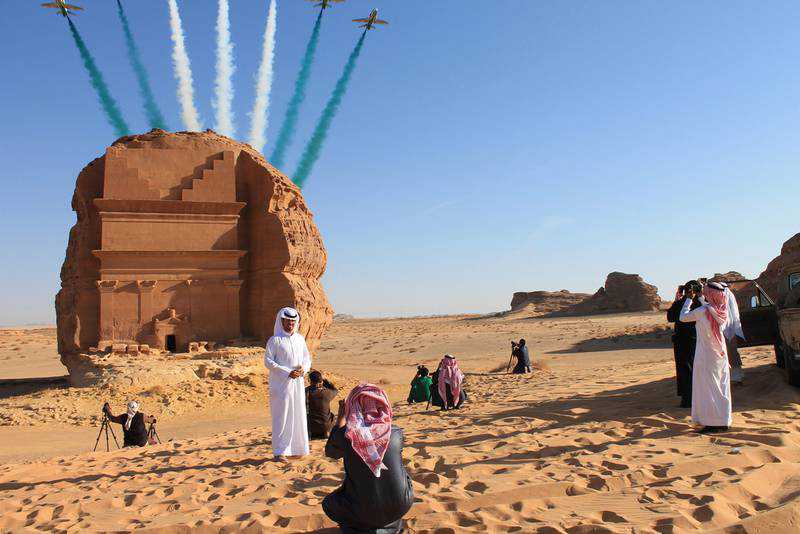What is a World Heritage Site? How Unesco is preserving cultural history around the world
12 July, 2021

There are more than 1,100 World Heritage Sites across 160 countries, and they vary from buildings, mountains and deserts to islands and cities.
On Friday, the World Heritage Committee will host its annual session where members assess the condition and management of the existing sites, as well as accept nominations from countries for new World Heritage Sites.
But what exactly defines a World Heritage Site? How are they chosen and what does it mean for the countries that sites are located in?
The invention of the World Heritage Site is the work of Unesco, or the United Nations Educational, Scientific and Cultural Organisation, an agency of the United Nations (UN) that promotes the preservation of cultural history, among other things.
In 1972, the General Conference of Unesco launched a programme called the Convention Concerning the Protection of the World Cultural and Natural Heritage, which determined that cultural and natural heritage around the world was being “threatened with destruction not only by the traditional causes of decay, but also by changing social and economic conditions".
The convention, which was already being developed as early as 1965, went on to state that such deterioration would be a “harmful impoverishment of the heritage of all the nations of the world” and concluded that the organisation would seek to protect the world’s heritage by building a list of significant sites, enhancing awareness and appreciation for them within the specific country and internationally.
How are World Heritage Sites selected?
Sites are selected by the World Heritage Committee, comprising representations from 21 UN state parties. Among the Gulf countries, Bahrain has served on the committee from 2017 to the present day.
Being chosen as a Unesco-recognised site involves a long and selective nomination process.
It usually begins with countries listing their significant and cultural sites and submitting these to two other entities – the International Council on Monuments and Sites and the International Union for Conservation of Nature (formerly the World Conservation Union) – which will forward their recommendations to the World Heritage Committee.
How does Unesco define a World Heritage Site?
Unesco defines the sites as “places on Earth that are of outstanding universal value to humanity and as such, have been inscribed on the World Heritage List to be protected for future generations to appreciate and enjoy".
Are there different types of World Heritage Sites?
There are two – cultural and natural. Cultural sites, which are man-made, tend to include monuments, buildings, landscape design and architectural landmarks that have come to represent “human creative genius”.
Natural sites are more about natural beauty, as well as the site’s significance to the particular ecological and biological processes of a certain area.
Source: www.thenationalnews.com
